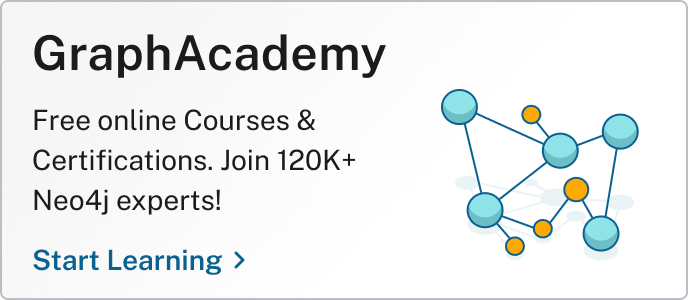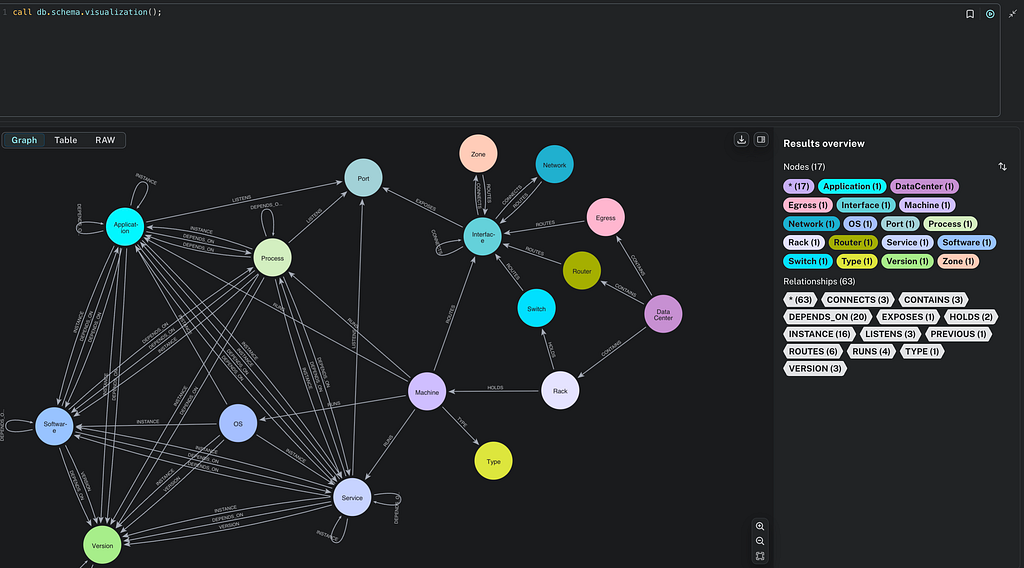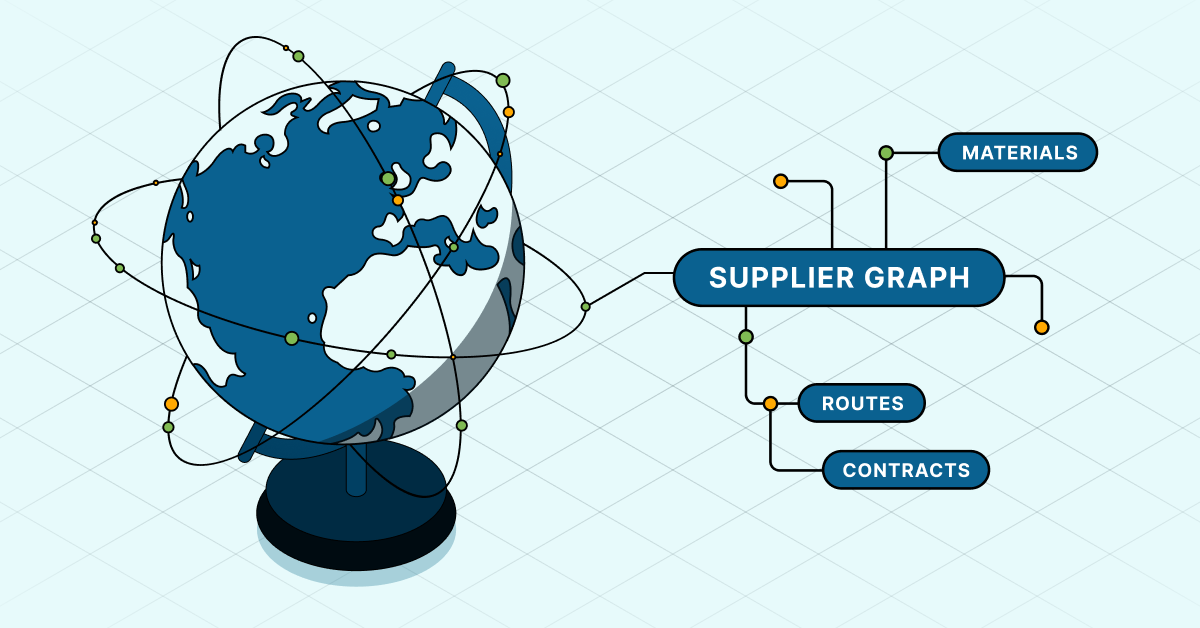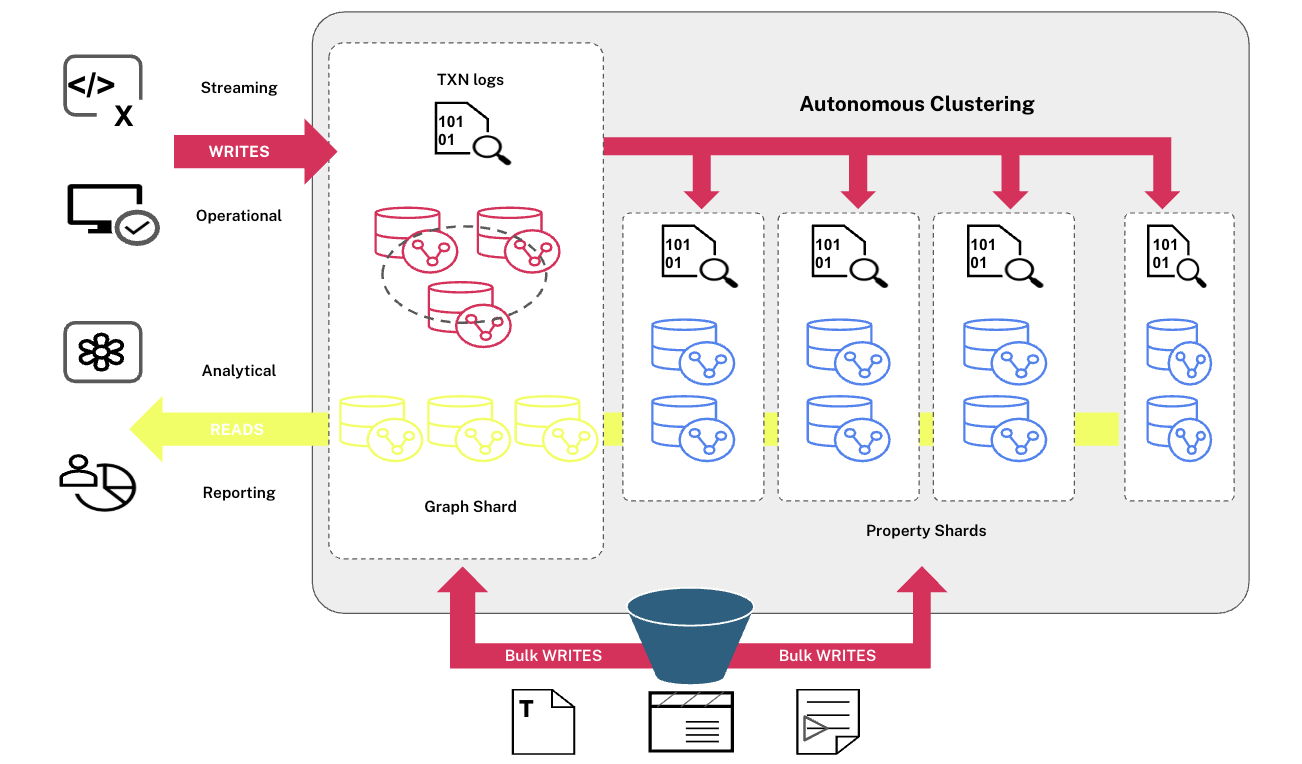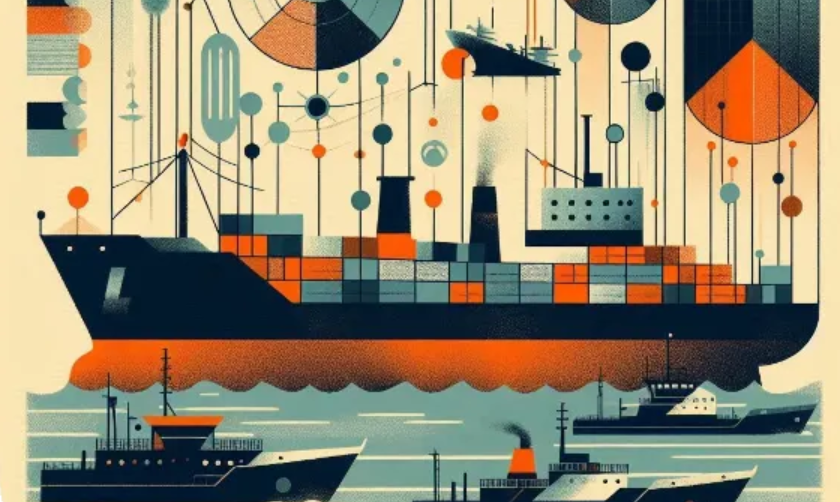Neo4j Launches Breakthrough Architecture to Unify Transactional and Operational Workloads

VP, Product Management, Cloud, Neo4j
4 min read
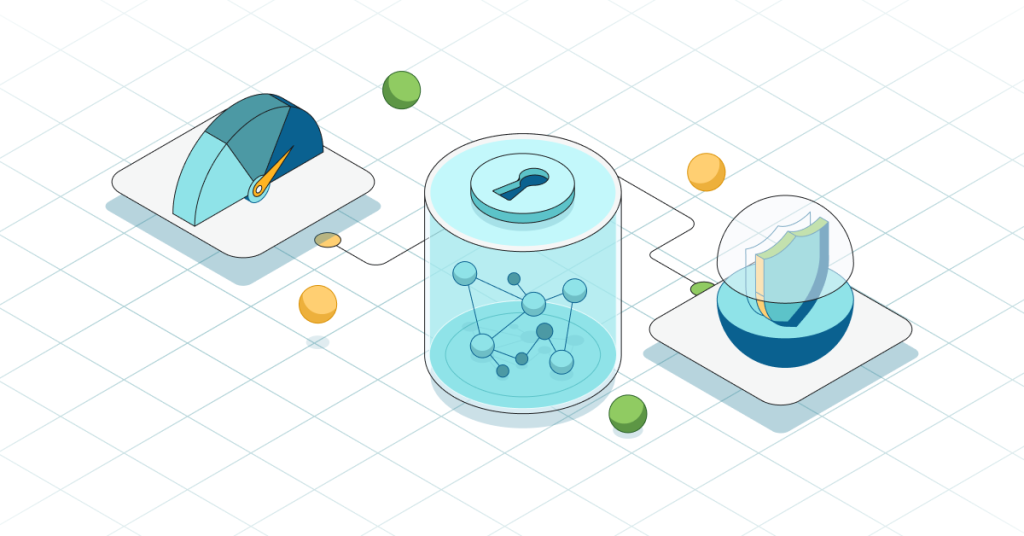
Meet Infinigraph, a scalable, distributed graph architecture that allows you to run 100TB+ operational and analytical graph workloads in a single system without fragmenting the graph, duplicating infrastructure, or compromising performance.
Infinigraph unlocks use cases previously out of reach for most organizations, like graphs for global fraud intelligence, product graphs with hundreds of millions of SKUs, compliance-analysis graphs holding decades of data, and AI-ready graphs combining graph and vector search with sub-second latency across billions of documents—all fully traversable in real time.
The new architecture supports more connected data than most enterprises have ever handled in one system, and guarantees full ACID compliance to ensure that every read, write, and update is consistent, reliable, and recoverable, even with billions of relationships and thousands of concurrent queries.
Infinigraph is available now in Neo4j’s self-managed offering, and will soon be available in Neo4j AuraDB, our cloud-native platform.
We’re also introducing new AuraDB capabilities that deliver more visibility, control, and ease of use for enterprise graphs—including property-based access control, AI-powered dashboards, and multi-database support. The new capabilities are available across our cloud and self-managed offerings.
A Single Platform for Every Enterprise Workload
Infinigraph solves a longstanding enterprise data problem: the gulf between transactional systems and analytical tools. When silos separate transactional and analytical data, AI applications suffer, decision-making slows down, and complex integrations drive up costs.
Until now, organizations have used inefficient workarounds to manage the problem. In the 2024 Gartner® Magic Quadrant™ for Cloud Database Management Systems, Gartner noted a continuing “convergence of operational and analytical systems”—but without full integration between the two. Instead, enterprises were relying on one of three approaches:
- One database and one copy of data
- One database with two engines, one column-based and one row-based
- Two or more synchronized databases
Infinigraph eliminates the need for these workarounds. It enables organizations to run both analytical and transactional workloads in the same system, at unprecedented scale, while avoiding ETL pipelines, sync delays, and redundant infrastructure.
Now, teams can detect fraud and analyze fraud rings from the same dataset. They can generate real-time customer recommendations while analyzing decades of customer data and behavioral trends. They can power GenAI assistants, compliance systems, and transactional applications on one consistent source of truth.
Achieving 100TB+ Scalability Without Compromise
One of the great challenges in the database industry has been scaling transactional and analytical graph workloads without sacrificing performance, structure, or ease of use. Infinigraph architecture solves this challenge by distributing a graph’s property data across the servers in a cluster. Property sharding allows the graph itself to remain logically whole; queries behave as expected, and applications scale without code changes or manual workarounds.
Among the benefits of the new architecture:
- 100TB+ horizontal scale with zero application rewrites
- Embed billions of vectors directly in the graph
- High performance across massive transactional and analytical workloads
- No ETL pipelines, sync delays, or duplicated storage
- Preserved graph structure for real-time traversal, even at scale
- Full ACID compliance for consistent, enterprise-grade data integrity
- Pricing designed for scale, with compute and storage billed separately
Making Large Graph Deployments Easier to Operate and Secure
We’re also releasing an array of new AuraDB capabilities that make enterprise-scale graphs more secure, cost-effective, and accessible to non-experts.
Property-Based Access Control
You can now enforce fine-grained read and traverse privileges based on node or relationship property values—not just user roles. Property-based access control enforces privacy and compliance with precise, context-aware permissions across teams and environments. It’s ideal for protecting sensitive data and meeting regulatory requirements.
Multiple Database Support
Run multiple secure, isolated databases within a single AuraDB instance, reducing your operational costs and infrastructure overhead while simplifying governance. Efficiently scale across customers and teams and support multiple applications, departments, and regions*.
*Available in Early Preview starting October 2025, with GA planned for next year
AI-Powered Dashboards
Create dashboards directly in the Aura console using an AI-powered dashboard generator, and use the GenAI copilot to generate Cypher queries. This allows everyone in your organization—including analysts, executives, and product teams—to explore and visualize graph data without writing code.
Adjustable Storage
Lower your infrastructure costs and simplify capacity planning by scaling storage independently of memory and compute within the Aura console and API. You’ll be able to avoid over-provisioning and reduce cloud costs, which is especially valuable for AI training, analytics, and high-volume log data.
Building on a History of Innovation—and Evolving Agentic AI
We’ve been building and innovating graph technology and data analytics for years, and this latest milestone is an extension of those efforts. Now, we’re seeing something exciting: Our customers aren’t just experimenting with AI anymore—they’re building real systems that need to remember, reason, and make decisions they can explain. Our native graph architecture is now used by most of the Fortune 500, and we’ve rapidly developed transformative graph capabilities for generative AI:
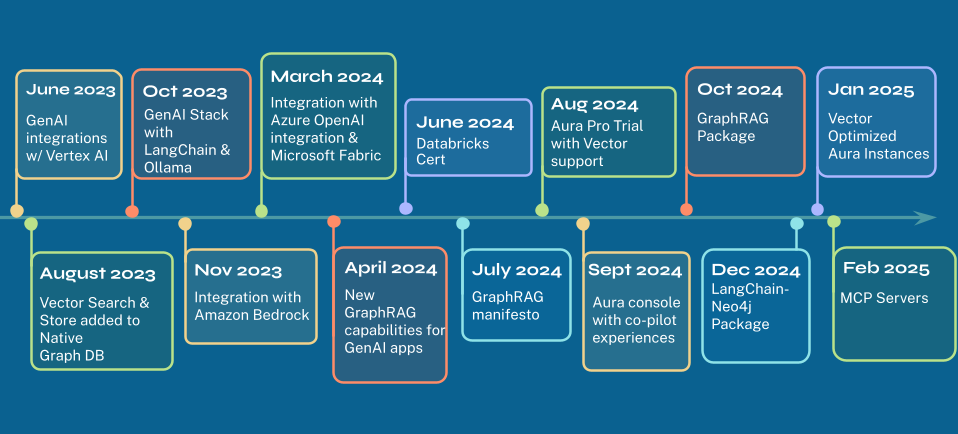
As organizations move past GenAI experimentation and into real systems, the focus has shifted from isolated prompts to persistent memory, reasoning, decision traceability, and intelligence that can power the next generation of GenAI apps.
We’re developing a comprehensive graph platform for modeling, managing, and retrieving context that will make it easy for developers to build a new generation of intelligent agents—agents that not only retrieve but reason, act, and evolve. Graph is the only architecture that gives them the grounding and structure they need to realize their potential.
It’s the difference between AI that works with whatever context you give it in the moment and AI that can draw on vast networks of connected relationships and persistent knowledge to reason through complex, multifaceted problems.
We’re seeing customers partner with Neo4j to build production-ready intelligent systems that can operate at scale, and honestly, helping them shape what AI becomes next is pretty exciting.
Learn More About Infinigraph
Sign up for the webinar to see Infinigraph in action and find out how you can scale with speed, power, and flexibility.

